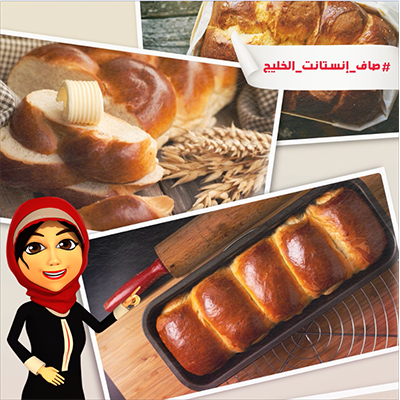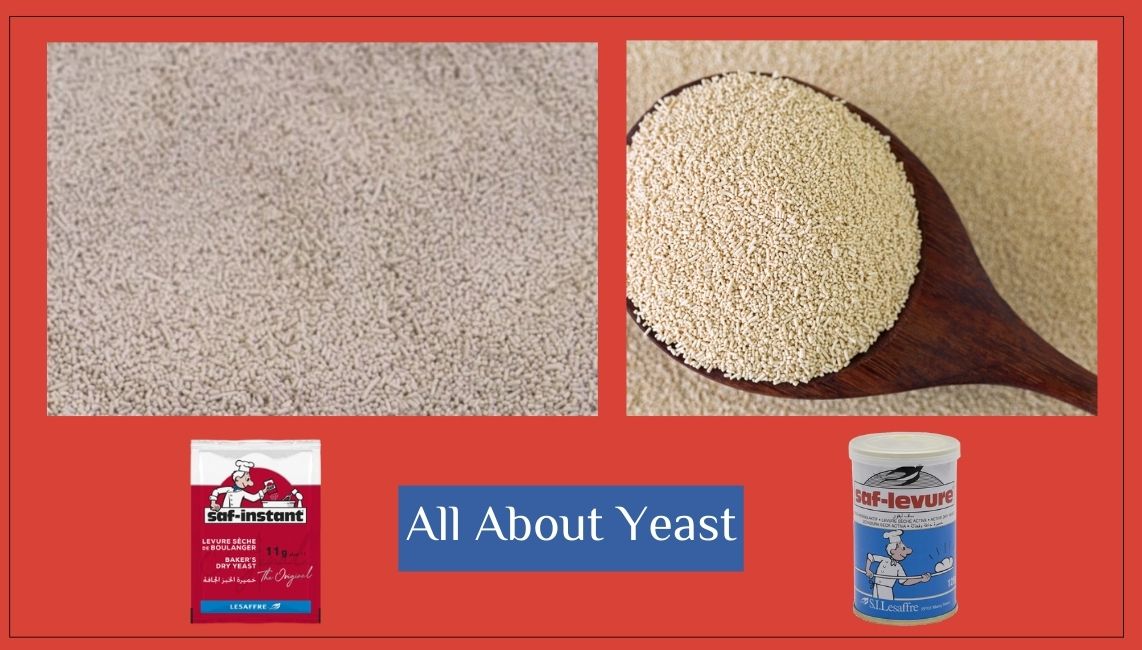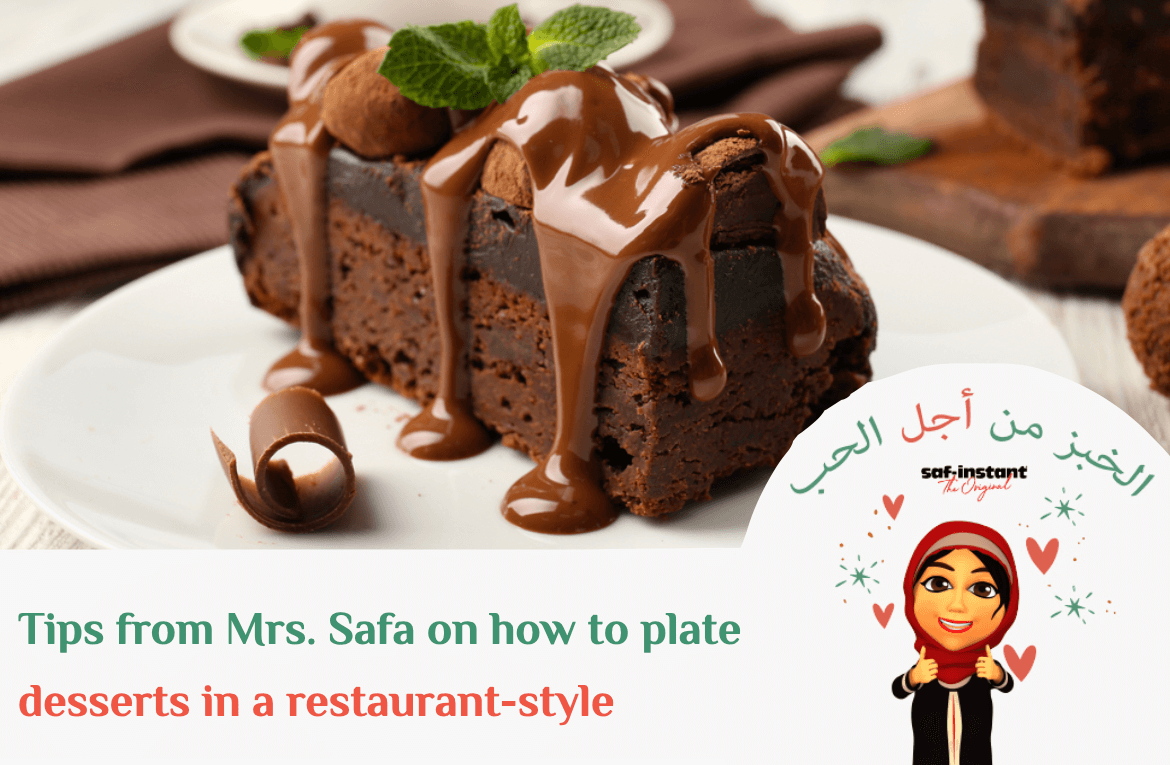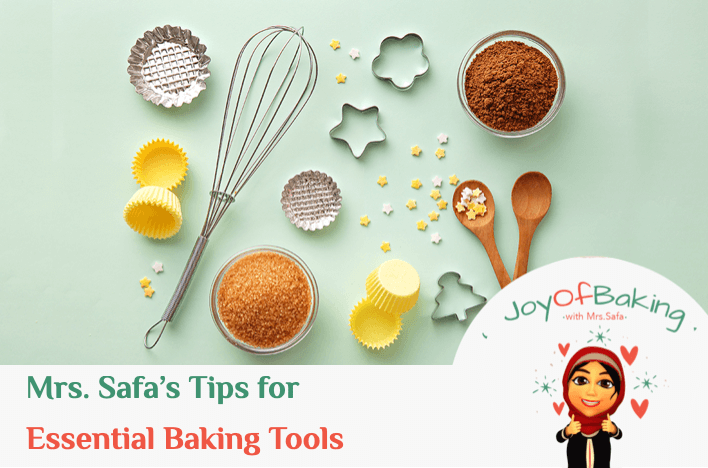Now more than ever we want to know what goes into our food. What better way to know than to make your food yourself. Mrs. Safa shares the tips listed below if you don’t want to use store-bought food dye or want an all-natural solution.
Understand the Different Types of Food Coloring
Natural Food Colorings: There is no glycerine or corn syrup in this product because it is made from natural and plant-based ingredients. Use by adding drop by drop. Natural food colorings work well in allergy-friendly baking.

Liquid food colorings: Synthetic colorings with a water base. Simply apply a few drops at a time to whatever you’re coloring. It can be used to color Easter eggs when mixed with vinegar.

Powdered Dye: Synthetic coloring with no water, glycerine, or corn syrup. Add to a dry concoction, combine with a few drops of clear alcohol, or brush the powder straight onto foods as a finishing touch.

Choose a natural color source
Natural colorings can be found in vegetables, fruits, and spices, and many of them are probably already in your kitchen or refrigerator. Here are some of the most common natural color sources:
- Pink: strawberries, raspberries
- Red: beets, tomato
- Orange: carrots, paprika, sweet potato
- Yellow: saffron, turmeric
- Green: spinach, kiwi
- Blue: red cabbage + baking soda
- Purple: blueberries, purple sweet potato
- Brown: coffee, tea, cocoa
These colors come in a variety of textures, from a silky paste to a syrupy liquid.
Think about the Flavor
As natural color sources include foods, keep in mind that meals that are brightly colored are also usually highly flavorful. Try to avoid using large amounts of any of these as much as possible (a small amount of cinnamon, for example, might make a frosting heavenly, but a large amount would render it inedible).

Keep in mind the final flavor so the colorants don’t overwhelm it.
Small amounts of those colorants won’t even be noticeable, but large amounts most certainly will.
Keep the Heat in Mind
Natural food colorings can be used in frostings, icings, and glazes that are served cold. When it comes to heated applications, such as cookie dough or cake batter, heat can alter the color and cause it to turn brown.

Note that the food colorings themselves should be cooled completely before you add them to any recipe.
Do you want to put what you’ve just learned into practice? Mrs. Safa has provided some basic recipe ideas to which you may add your own natural food coloring to create #JoyfulBaking memories in your home.
https://safinstantgulf.com/recipes/doughnuts
https://safinstantgulf.com/recipes/puffy-coconut-dessert/
https://safinstantgulf.com/recipes/milk-dark-chocolate-marble-cake/




